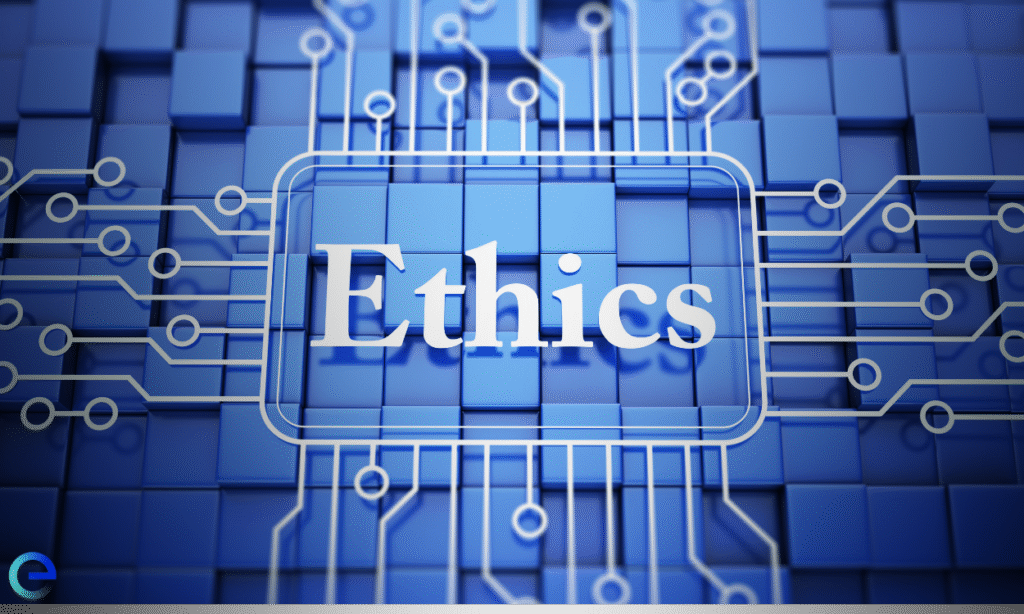
Nowadays, Artificial Intelligence (AI) is everywhere, from recommending the next Netflix show to watch to shaping how we fight climate change. As AI rapidly expands into all areas of business and society, concerns are increasing: Can AI benefit or harm the environment and society? How can we have responsible AI used transparently? Who will be held accountable if data privacy is compromised, and how will it be maintained?
These challenges are both technological and societal, and they can directly impact sustainability goals. Businesses must develop and implement responsible AI with ethical practices in mind. For this, sustainability professionals have a dual responsibility. First, they should leverage AI for ESG to keep up with current trends. Second, they must ensure that AI adoption across the entire organization aligns with sustainability standards and stakeholders’ expectations.
However, there is a plethora of methods and tools available, alongside legally binding regulations, to help put ethical principles into practice. For example, sustainability teams can integrate algorithmic impact assessments into their reports, support IT teams in implementing understandable AI techniques (i.e., LIME), and ensure that organizational practices adhere to laws like the EU AI Act. The Sustainability Intelligence course provides strategic insights into how responsible AI can accelerate sustainability performance by improving risk assessment, data-driven decision-making, and operational efficiency.
The scope of this article is to be a starting point for the readers to understand AI ethics and the principles that they want to establish. To assist them in this journey of integrating responsible AI with their sustainability objectives, we’ll go over the fundamental pillars.
The first step in establishing ethical business practices is proactively identifying both the opportunities and the risks of AI. These risks can directly undermine stakeholders’ trust and erode the company’s values.
To develop a responsible AI model, companies must pay attention not only to compliance but also keep their core values in mind. The AI systems should be designed with fairness, transparency, and accountability as their primary pillars. To achieve this, businesses should first decide on their principles that will guide the AI development.
While the above steps can offer a strong internal practice, companies should also look for international frameworks, which provide insight into trustworthy AI.
The OECD AI Principles are an international framework that is widely accepted as a basis for responsible AI. Adopted in May 2019, these principles were the first of their kind to be endorsed by governments around the world. Five value-based guidelines for stakeholders have been established by the OECD.
The first principle is inclusive growth, sustainable development, and well-being. AI should benefit society as a whole, not just a chosen few.
The second principle is respect the human-centered values and fairness. This entails respecting rights and refraining from discrimination. Supplier-screening systems, for instance, ought to identify labor risks without unjustly penalizing small enterprises that are unable to provide comprehensive reports.
The third principle is transparency and explainability. As discussed above, when AI is used, businesses should be transparent about it. As well as be open about the data sources and assumptions they use.
The fourth principle is Robustness, security, and safety. AI systems ought to be secure, dependable, and tested. For example, climate risk models need to be verified to ensure that they don’t mislead investors about their vulnerability to droughts or floods.
Lastly, the fifth principle is accountability. Businesses are still accountable for the results of AI. Instead of placing the blame on the model, the company must address and clarify any errors reported.
Everything discussed so far in this article, risks and ethical practices, connects with the OECD framework. This shows that responsible AI has shared foundations: fairness, transparency, security, and accountability.
Responsible AI can accelerate processes, but only if it is developed under fairness, transparency, and accountability. Businesses can ensure that AI helps rather than harms their long-term ESG goals by recognizing the risks, promoting ethical behavior, and following OECD AI principles, which are a valuable benchmark. To talk in “successful terms,” such goals can only be accomplished if each company is committed to practically embedding these ideas into their operations and not giving in to compromises. If you are looking for a useful road map with case studies and resources to investigate these practices, the sustainability intelligence course has been created for professionals who wish not only to learn but also to take the lead.
